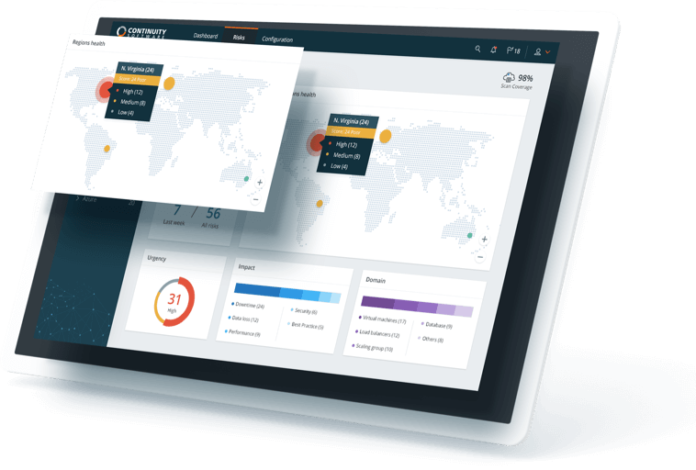Continuity software helps ensure that critical data and applications can be protected and restored in case of an emergency. The solution can be cloud-based or on-premises. The software can be used to identify and mitigate threats, develop and implement recovery plans, and assess the impact of an incident on the organization’s business.
Business impact analysis
Business impact analysis (BIA) is a critical part of business continuity planning. It helps assess how your business processes and resources would be affected by major negative events. It can help your organization identify its most important vendors and processes. It is also an important component of disaster recovery planning.
The process should be conducted in a structured manner. A team comprised of a project leader, an executive sponsor, and subject matter experts should work together to develop a robust BIA.
The most useful aspect of a BIA is the estimation of downtime impacts. A properly executed BIA will include a Recovery Time Objective (RTO) that reflects practical time to return your process to a state of normal operation.
A BIA should be performed by a competent professional. If the task is not assigned to an IT staff member, it should be supervised by a business continuity manager. A good business impact analysis will have a solid report and a corresponding set of recommendations.
Incident response plan
An incident response plan is a formal process designed to guide the organization through the aftermath of a cyber-attack or other security event. This plan helps to minimize damage, minimize costs, and maximize recovery time.
An incident response plan is an essential component of running a sensitive data organization. The process allows organizations to establish best practices. It also helps maintain public trust in emergency situations.
To develop an effective incident response plan, an organization needs to ensure that it has a well-structured process and a clear communication plan. It should also incorporate the right technologies to restore breached information. The plan should specify who will be responsible for each incident, the timeline of each, and the physical resources available to recover the breached information.
The plan should be based on a template. These plans can be customized to meet the specific requirements of a business. For example, a CMU incident response plan will be supplemented by internal guidelines and will describe the most common tasks.
Business recovery plan
When developing a business recovery plan with continuity software, you should first identify which applications and systems are essential to your business. Then, determine which equipment and users will need access.
Your recovery strategy should consider the time frame required to restore your operations. Your DR strategy should also account for local failures, such as a natural disaster. If your locality suffers a power outage, you will need to find alternate locations for your staff, equipment, and business processes.
The goal of a business recovery plan is to restore operations as quickly as possible. Your team will need to make sure that they are ready to do their jobs, and that your customers have the information they need.
It is important to test your BCP regularly. This means you should do some tabletop exercises to ensure the plan is functional and effective. You should also practice emergency enactments and crisis management communications.
Depending on your needs, you may want to create both a DR and a business continuity plan. Some companies choose to do both plans in one document.
Cloud-based solutions
Cloud-based solutions for continuity software can help businesses keep their operations running. These solutions minimize downtime by eliminating expensive initial investments. Moreover, they provide flexibility and scalability to organizations. The cloud also allows for non-disruptive testing of IT disaster recovery efforts.
Business continuity is the process of planning, implementing, and managing a company’s ability to operate after a disaster. It can involve a wide range of plans, but it generally includes protecting critical IT infrastructure.
Cloud-based business continuity solutions are becoming increasingly popular. The major public cloud providers all offer their own versions of disaster recovery as a service (DRaaS). These services allow users to continue working normally while recovering data from the cloud. However, these systems have several problems.
While DRaaS is a good option for most businesses, it’s not the only way to protect data. It’s also important to ensure that the data is protected from viruses and cyberattacks. In addition, companies should be careful about vendor reputations.













